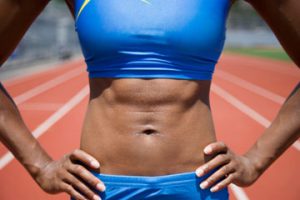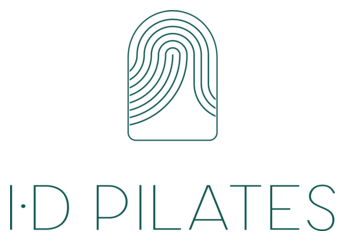 Reason numero uno for doing Pilates is always….”amazing core strength!” Pilates is a method built around strengthening the core and just about everyone out there tells you to increase your core strength. But why? What does increased core strength give you? First let’s talk about what the core actually is…
Reason numero uno for doing Pilates is always….”amazing core strength!” Pilates is a method built around strengthening the core and just about everyone out there tells you to increase your core strength. But why? What does increased core strength give you? First let’s talk about what the core actually is…
Yes, the core includes your abdominal muscles. That means not just your six pack muscles (the rectus abdominis), but also your internal and external obliques, and your transverse abdominis. Pilates works all of these abdominal muscles, thank goodness, because they are all integral to having strong and flat abs. But your core goes beyond your abs. Also included (and worked in Pilates) are the pelvic floor, glutes, multifidi, diaphragm, psoas, lats, and quite a few other muscles of the back and hips that stabilize your pelvis, spine, and shoulder girdle. The important thing to know here is that a strong core means more than six pack abs.
Pilates is such a great workout because it works all of those muscles listed above in every exercise. Each and every Pilates exercise is designed to work your core and train your body to stabilize your limbs with those support muscles. Pilates devotees all have super strong and efficient core muscles. When I say efficient I mean they’re quick to engage and support you when the body needs to move and do all the crazy things your life asks you to do.
So let’s talk about why that’s so important…the core muscles, especially the deep ones like the pelvic floor, transverse abdominis, and psoas, are the muscles that turn on just before your mover muscles (quads, pecs, etc.) start performing. The deep core should work intuitively to protect your spine and support your pelvis while your limbs are moving freely. That’s another thing about core strength: when you have it, your other muscles don’t have to try to compensate so they’re free to do their own job easily and effectively. Movement efficiency means you work less to get the same thing done, which is so amazingly important for athletes but also for everyone else too.
As I mentioned before, core strength supports your pelvis and protects your spine. Which will, in turn, protect your from injury and keep you free of back issues and pain. Injuries can occur to anyone, not just athletes and weekend warriors. You can hurt yourself twisting to get a bag in the car, bending over to pick up your toddler, walking down your driveway. Also, core strength will improve your balance and coordination, meaning you won’t fall as easily or you’ll be able to recover from a stumble without spraining your ankle.
Beyond all of these benefits that will make you move better and feel better, core strength will help you look better too! Not only will focusing on your core muscles give you a flatter belly, slimmer thighs, and a toned behind, core strength also helps improve your posture and make it easier for you to sit up and stand tall without having to work too hard at all. A strong core will give you the ability to maintain great posture without even having to think about it. Woohoo!
Are you convinced that having a strong core is well worth it? Great! Now come do Pilates with Long + Lean and start strengthening that core!!





